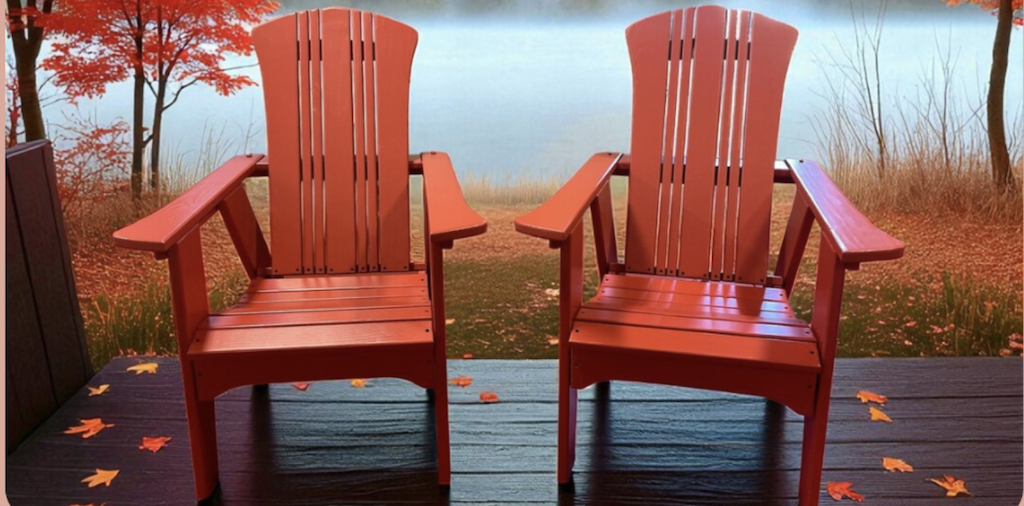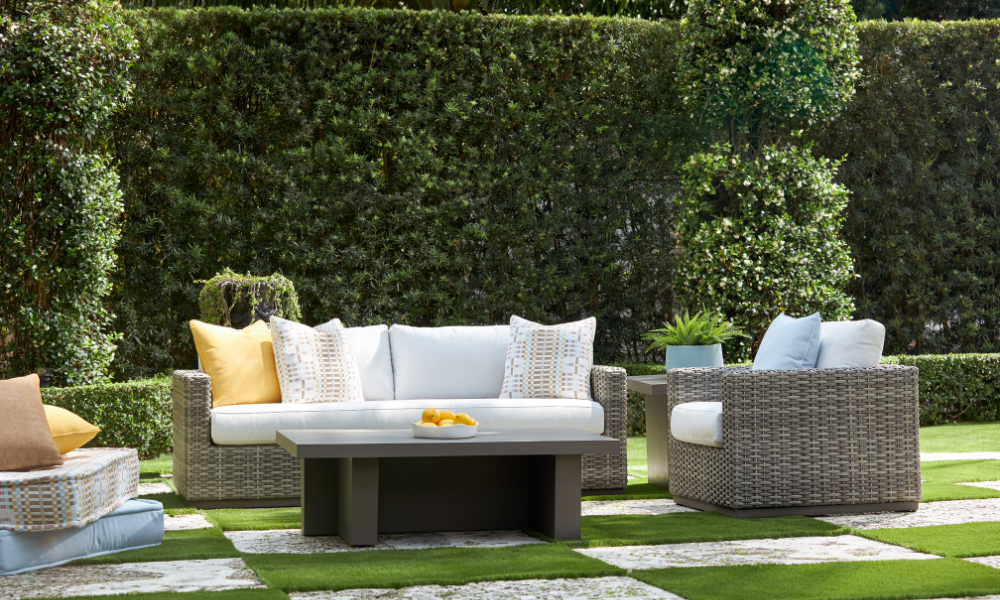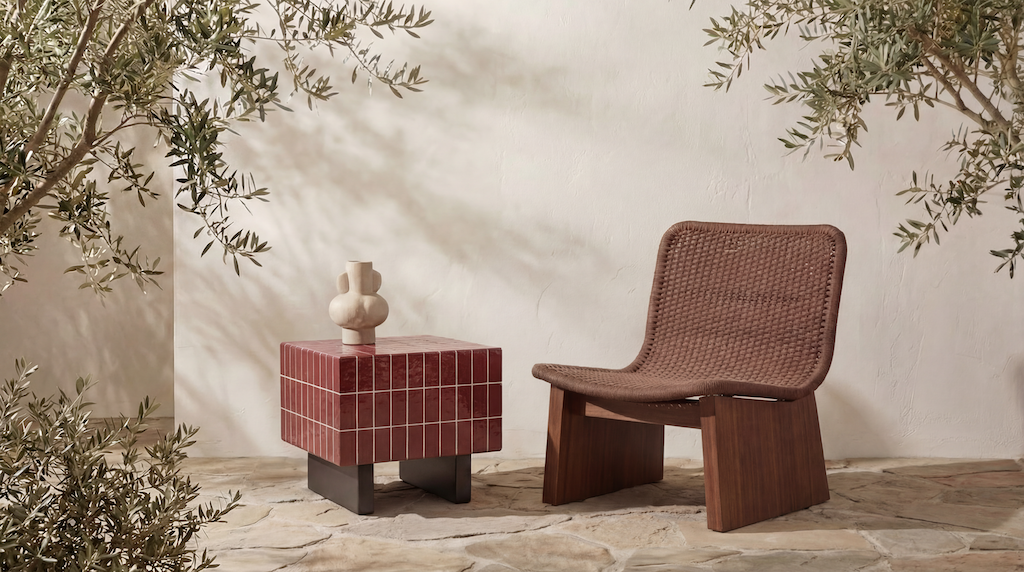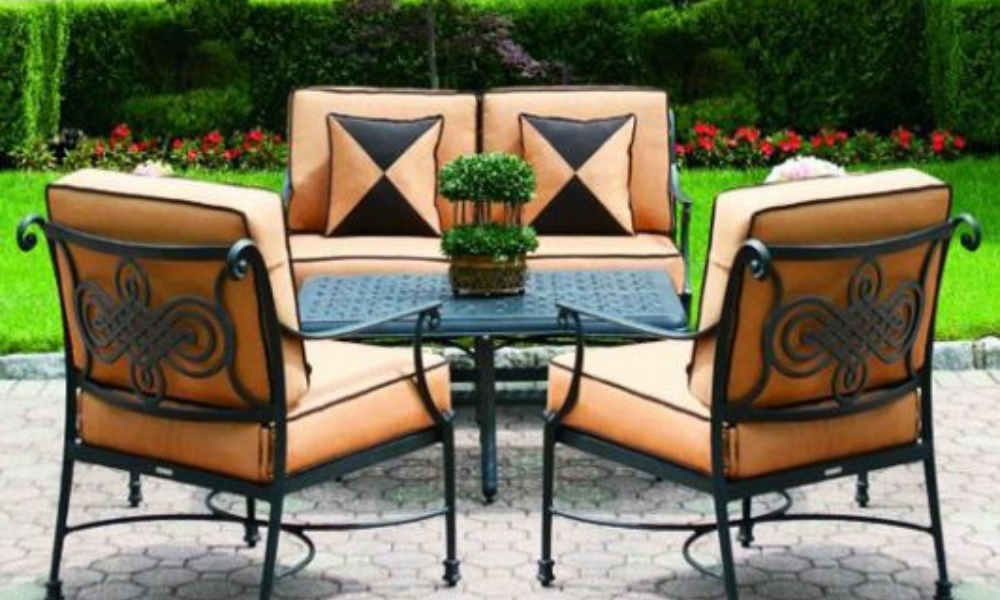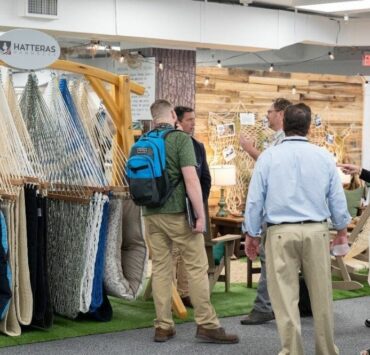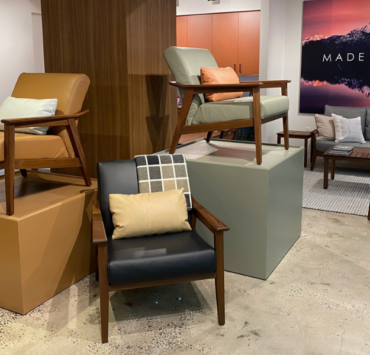At Seasons Four in Lexington, Massachusetts, owner Laura Hopkins comes by it honestly.
She started out young and stuck with it.
“My parents started it in 1970 as a retail garden center and patio furniture,” she says. “My dad was in the wholesale nursery business, and this became an offshoot as a retail environment. They both did the buying, and we were child labor. We had some vendors we have carried since then. I am the only one who did the retail as an adult.
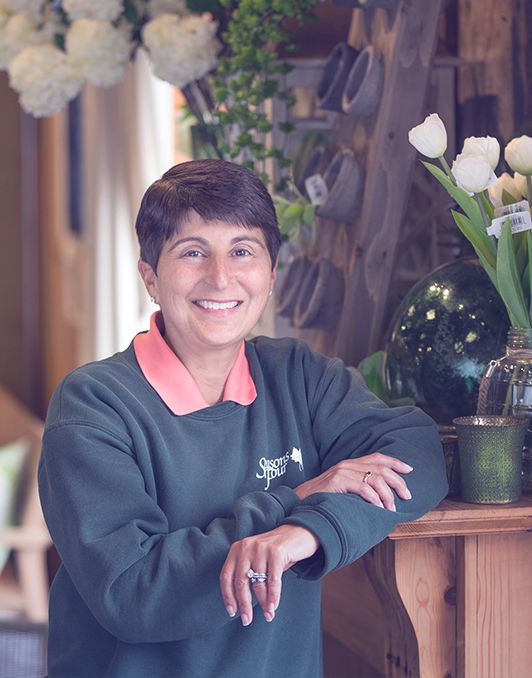
Hopkins says that today’s retailers quickly come to realize that product assortment to find the right mix to entice customers, coupled with effective merchandising, is an important factor for success in business. But in Massachusetts, where the season is short, good lead times are the most important factor.
“Most of them are doing really well but if you can’t get it, what’s the point?” she says. “You can’t sell it. You are always selling for long term but within reason. You’re going to have it for 30 or 40 years, but they would like to have it for some part of our short summer.”
Hopkins says the biggest challenge to management is managing.
“During Covid, we were always stuck and trying to get things when we could,” she says. “Managing inventory after the Covid years, we’re getting lean and mean again — we’re keeping a lot in stock; if we don’t have a set on the floor, we can special order.”
Hopkins says that, so far, she hasn’t seen any slowdown this season.
“We had some adjustments after Covid, but I feel that it is a very strong, good season,” she says. “We see a positive attitude — we don’t usually follow downturns like the recession. Luckily for us, we keep on chugging. We don’t have huge increases year over year, but we never see a decrease.”
To get the word out, Hopkins relies on the tried and true. That includes advertising within a new glossy magazine in The Boston Globe, along with some television advertising and digital. The most effective marketing is still good customer experience — and a subsequent word-of-mouth recommendation.
“I feel that if we educate and talk through problem-solving — how do you want to use the space, for seating or dining?” she says. “They don’t necessarily know, because they haven’t had anything before. We spend a lot of time — even the younger generation — and we guide them through different materials. I have had a few say they want this — and we have to back up and say what it’s made of and how to take care of it and to find out if it is suited for their lifestyle. It’s definitely not order-taking. I think that it benefits our customers. I feel that we have our integrity. It’s how we like to do things. People can trust us that we do that even for little things like cushions. We will do the research and we want to help them.”
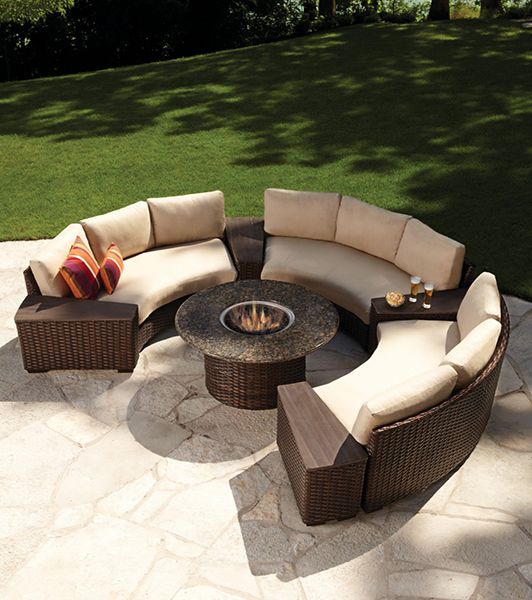
And to decide on what to carry, Hopkins says she looks for a combination of looks and durability.
“The quality of their product and the styling — we’re looking for new looks,” she says. “That matters the most because (the customers) know where to find me. I want to make sure it lasts. I don’t shop for things over and over again. I want them to last, and I want the same thing for my customers.”
Hopkins’ take on full-line stores getting into outdoor is that it’s already happened.
“I think everyone forgets they did this already,” she says. “Lots of stores started carrying outdoor. In the last decade, indoor furniture lines were getting softer and the businesses were looking for other things to add and this was a natural addition. They said they would fine-tune what they were already doing and hope that customers would come to them.”
To compete with online retailers, Hopkins believes in doing what online cannot do — and doing it better than what the customer expects.
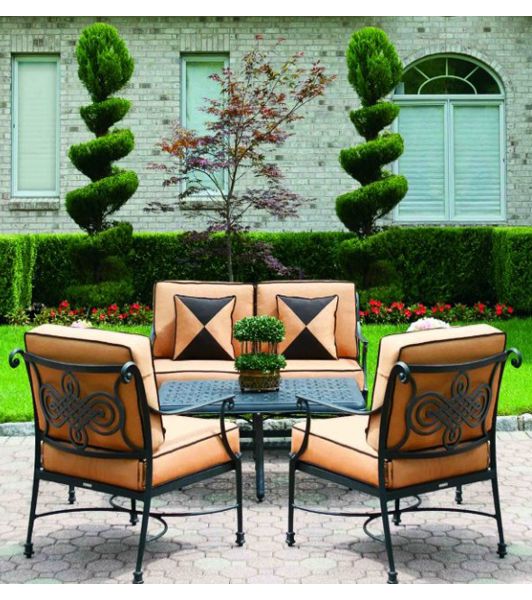
“We did white-glove delivery before they called it white-glove delivery,” she says. “People can see the quality of what we have and sit in what we have. We try to keep perfecting what we do and keep working hard and being friendly faces for those who show up and people who call on the phone, so they will get in the car. We stay focused — if there is a pricing differential, we try to work with them.”
What advice would you give struggling casual retailers today?
“Without knowing their situation or where they are located, I would say, stay focused and simplify your offerings. It could be lot of things. I am an expense and operations manager by nature — are they having financial issues by spending a lot on too much inventory? Stay focused; identify where the money is going. Are they in an area where there is no customer base? I would focus on why they are struggling and then get back to basics.”

